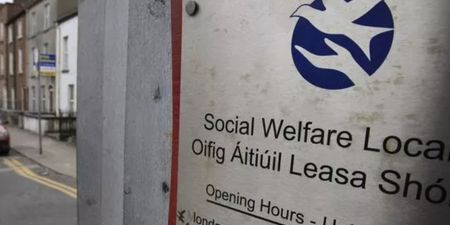Important news for people with any elderly relatives or friends suffering with the flu.
Catching the virus can increase the risk of a heart attack by six times, with the most at risk people are those over the age of 65.
The study, which was conducted by a Canadian research team, was able to link the contraction of influenza with heart attacks.
Using 20,000 lab-confirmed cases of influenza infection, between 2009 and 2014, scientists at Public Health Ontario and Insistute for Clinical Evaluation Sciences, Toronto found that 332 patients were hospitalised with heart attacks one year before and after their diagnosis.
Of these, 20 patients were found to have experienced a heart attack within seven days of being diagnosed with the flu. 75% of these patients were over the age of 65, while 25% had experienced a heart attack once before.
In total, one third of the heart attacks were fatal.
31% of all patients who suffered a heart attack had not been vaccinated, although the study’s lead author, Dr. Jeff Kwong spoke to CBC to stress that this connection is not definitive and “requires a bit of careful interpretation.”
“We know that influenza vaccines aren’t 100% effective”, he added. “If you got vaccinated and you still got influenza, you were still at an increased risk of a heart attack at the same level as those who didn’t get vaccinated and got influenza. That doesn’t mean it’s not worth getting vaccinated.”
The study also found that while getting the flu had the worst effect on patients, other similar respiratory viruses heightened the risk of a heart attack too, such as respiratory syncytial virus, adenoviruses and rhinoviruses.
The current Irish flu season has seen an unusual occurrence of two different strains of the virus circulating nationwide, these being an A virus, such as the ‘Aussie Flu’ (H3N2), which is typical around this time of year, and a B virus, the Yamagata flu, AKA Japanese flu, which is highly unusual.
The problem with the Japanese flu, however, is that it is not covered under the current Irish flu vaccine, which accounts for two types of A influenza and one different B.
According to the HSE’s weekly surveillance reports, the week ending on 7 January saw the highest rate of people contracting either one of the flu viruses this year, with the majority of cases being among people aged between 15 – 64, followed by people above the age of 65.
This “significant increase” saw the consultant rate for influenza-like illnesses go from 29.9 per 100,000 of the population at the end of December to 98.2 per 100,000 in the first week of January.
During this week, 47% of hospitalised patients with confirmed influenza tested positive for the Aussie flu, while 53% carried the Japanese flu. Out of these 367 hospitalisations, 28 were admitted to critical care units, with the total fatality rate being less than 10.
LISTEN: You Must Be Jokin’ with Aideen McQueen – Faith healers, Coolock craic and Gigging as Gaeilge





















































